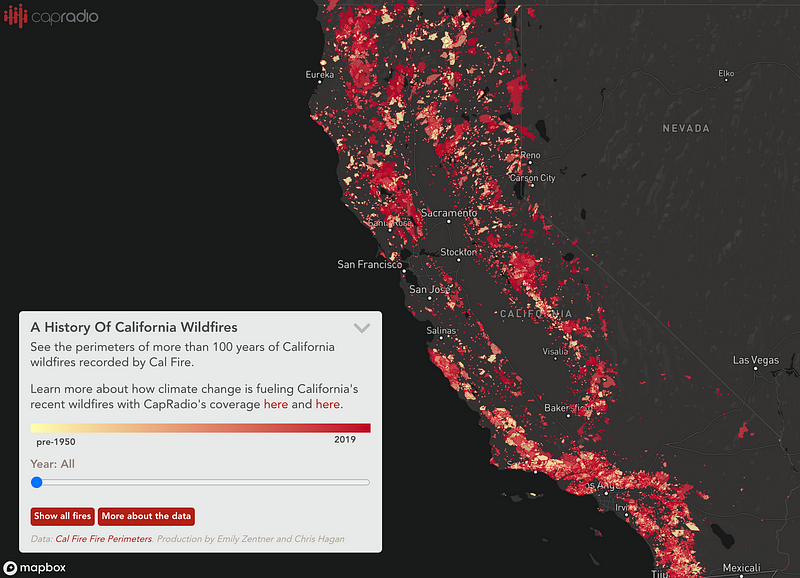I wrote about light’s role in setting our circadian rhythm in the first post of this series. This post will focus on body temperature, an effector of our sleep and wake cycle. Much of the content comes from episode 4 of the Huberman podcast, some from the first 3 episodes. This background will give us ways to optimize our schedules and adapt to jet lag.
An uncle of mine, a neurosurgeon in Taiwan, took ice baths in the winter to train mental endurance and resilience. He also told me that based on teachings in Eastern medicine, there are certain times that are best for different activity types. Those dots connected as I wrapped up the 4th podcast in the Huberman lectures.
Our body temperature, even in the absence of light, food or exercise, follows a predictable cycle: temperature rises from a 24 hour low before waking, increases as we start the day, peaking in the afternoon before falling as we wind down the day. Our bodies warm up when we need to be awake and alert for work and cools down as we wind down the day.
The temperature minimum is the lowest body temperature during our 24 hour circadian rhythm. The actual temperature is not important: what’s important is when you hit your temperature minimum. When it occurs is more important for the purpose of tinkering with our schedules.
How do you find the temperature minimum? Average your wake-up times for a week. Wake-up is defined by when you get out of bed, so if you get up at 3am, but fall back asleep and emerge at 9am, then 9am is the wake-up time. The 2 hours before your average wake-up time is your temperature minimum. If your average wake-up time is 7am, your temperature minimum falls around 5am.
With temperature minimum as a reference point, two simple rules in regards to light:
- If you get light into your eyes within 4 hours after your temperature minimum (described in part 1 of this series), you phase advance your circadian rhythm, resulting in earlier wake-up the next day
- If you get light into your eyes within the 4 to 6 hours before your temperature minimum, you phase delay your circadian rhythm, resulting in later wake-up the next day
If your temperature minimum is 5am and you watch Netflix until 1am, it will push your schedule back. If you’re on vacation in Hawaii and your hotel room catches sunrise light, it’s likely you wake up earlier the following days.
Understanding temperature minimum also allows you to maneuver and adjust your schedule by shifting eat, exercise, and shower routines. Our bodies warm up when we need to be awake and alert for the day and cools down as we wind down into the night. With this mechanism, we can phase advance or phase delay our schedules. This is helpful if you want to improve productivity, fight jet lag or sleep better.
Showers
A hot shower results in your body cooling down. This is why showering at night allows you to sleep better as your body cools down into sleep. Matt Walker describes how most of us are sleeping too warm in his book Why We Sleep and amongst many sleep tips, he suggests doing the hot shower at night to cool the body for sleep.
Cold showers do the reverse, which results in rising body temperature, and aside from the shock of having taken a cold shower, it wakes you up and helps you focus thanks to the release of norepinephrine (adrenaline). Regular use of cold showers, provided it is medically safe for you, is a great stress inoculation tool. I’ll cover the stress remediation tools in the next post in the series.
Exercise
Exercising results in a rise in body temperature. I’ve seen co-workers use the afternoon or lunchtime workout as a way to grab a second wind in the afternoon. Exercise has all kinds of obvious benefits, so I won’t cover that here. Keep in mind that working out too close to bedtime results in some trouble falling asleep since you are spiking your body temperature at a time it needs to be falling to induce sleep (of course, it’s not the only reason as an elevated heart rate also prevents us from being able to fall asleep). If you workout at night, this might be something to keep an eye on.
Food
Meals are another way to regulate schedule. If you’re traveling to a different timezone, it helps to eat on the local meal schedule. Our gut also runs on the circadian rhythm, so meals are a helpful marker to adapt when traveling. Of course, eating too much results in literally a food coma, but changing what you eat can help with an after lunch crash. High carbs typically results in sleepiness while low or no carb won’t put you to sleep. My simple rule of low carb lunch, whatever-the-hell-you-want for dinner, has been a game changer. Diet is a giant wormhole for another time, but it’s worth considering how you respond to certain type of meals.
Ultimately, timing of light intake and body temperature are the key drivers for the sleep and wakefulness cycle. Exercise, eating, and shower can nudge temperature in certain directions if you want to make tweak your schedule for better focus at certain times of the day or fight jet lag. Understanding this mechanism allows you to adjust and experiment for the schedule that works best for you and because life sometimes feels like a sudden cold shower, it gives you a way to stay flexible.


